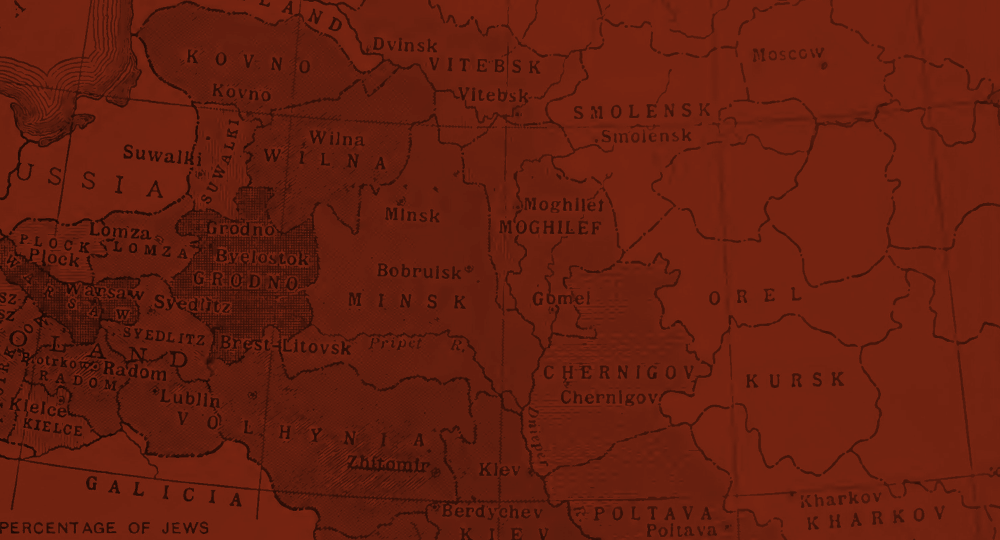

1 thought on “Pale of Settlement: Czarist Russia’s Giant Ghetto”
Leave a Reply
You must be logged in to post a comment.

You must be logged in to post a comment.
As a child, I asked my dad, “Why didn’t Jewish people fight the Nazis?” He replied, “They couldn’t fight. You don’t understand." Today, I understand better...
When the apostle Paul sat in a cold, dark Roman prison, he chose his final words carefully as he took inventory of his life...
Imagine you’re on your way to Sabbath morning services at your local synagogue. For you, this is a day of tradition. It may...
The pages of history are filled with heroes and villains. Heroes protect people and fight evil, like Winston Churchill who led the people of Great Britain in...
“Get off my land. This is still my home, my land. Get off my land.” This passionate statement by Tevye the Jewish milkman comes from the 1970s blockbuster...
Here’s a phenomenon worth investigating: How did God preserve the Jewish people...
Shalom Cameron.
Thanks so much for this article. My heart continues to weep for the Jewish people. As Jeremiah said in chapter 17:9 – “The heart is more deceitful than all else and is desperately sick; Who can understand it?” I will never understand how there can be such hatred in the minds of men toward a nation of people generation after generation. However, such is the case when man has rejected God…Satan is the one who will rule in the minds and hearts of those who choose to walk in darkness.
I also see God’s great wisdom in the ways He has preserved His people as a distinct group, painful as it was…and still is.
Blessings,
Janice